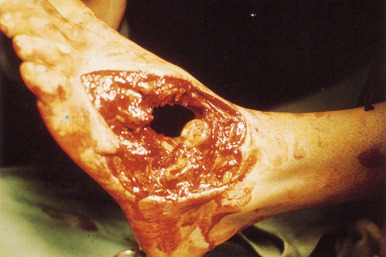#7. Inappropriate prescribing
Most trauma professionals worry about over-prescribing pain medication. But under-prescribing can create problems as well. Uncontrolled pain is a huge patient dissatisfier, and can lead to unwelcome complications as well (think pneumonia after rib fractures). Always do the math and make sure you are sending the right drug in the right amount home with your patient. If the patient’s needs are outside the usual range, work with their primary provider or a pain clinic to help optimize their care.
#8. Improper care during an emergency
This situation can occur in the emergency department when the emergency physician calls a specialist to assist with management. If the specialist insists on the emergency physician providing care because they do not want to come to the hospital, the specialist opens themselves up to major problems if any actual or perceived problem occurs afterwards. The emergency physician should be sure to convey their concerns very clearly, tell the specialist that the conversation will be documented carefully, and then do so. Specialists, make sure you understand the emergency physician’s concerns and clearly explain why you think you don’t need to see the patient in person. And if there is any doubt, always go see the patient.
#9. Failure to get informed consent
In emergency situations, this is generally not an issue. Attempts should be made to communicate with the patient or their surrogate to explain what needs to happen. However, life or limb saving procedures must not be delayed if informed consent cannot be obtained. Be sure to fill out a consent as soon as practical, and document any attempts that were made to obtain it. In urgent or elective situations, always discuss the procedure completely, and provide realistic information on expected outcomes and possible complications. Make sure all is documented well on the consent or in the EHR. And realize that if you utilize your surrogates to get the consent (midlevel providers, residents), you are increasing the likelihood that some of the information has not been conveyed as you would like.
#10. Letting noncompliant patients take charge
Some patients are noncompliant by nature, some are noncompliant because they are not competent (intoxicated, head injured). You must use your judgment to discern the difference between the two. Always try to act in the best interest of your patient. Document your decisions thoroughly, and don’t hesitate to involve your legal / psych / social work teams.
Related posts:

